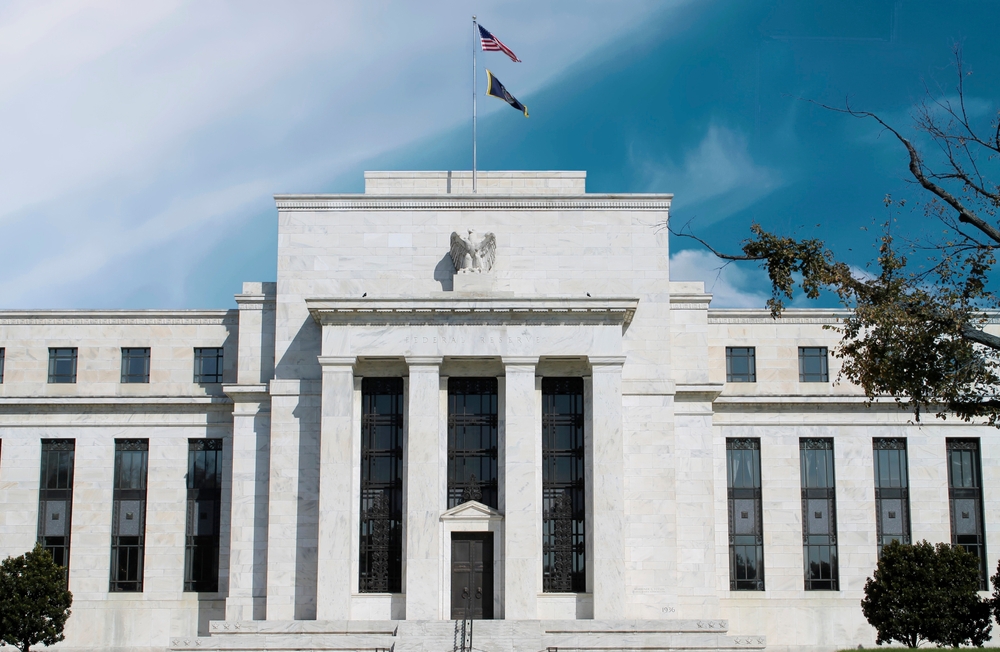As investors gear up for a wave of earnings reports and critical economic data, all eyes are on how these indicators will shape the Federal Reserve’s upcoming interest rate decision. Eric Wallerstein, chief markets strategist at Yardeni Research, shared his outlook on Market Domination Overtime, underscoring the pivotal role of earnings in steering market sentiment. Wallerstein anticipates robust GDP growth, rising incomes, and an increase in real spending, but notes that recent disruptions in the labor market may cloud the payroll data.
Earnings in the Driver’s Seat
For Wallerstein, third-quarter earnings will be the primary market driver. He expects “really strong” GDP growth, fueled by increased consumer spending and rising real incomes. Despite the optimism, he cautions that recent labor market disruptions may complicate the interpretation of payroll data. Major events like Hurricane Milton, the Boeing strike, and layoffs at Stellantis have disrupted the labor landscape, possibly leading to a slight uptick in the unemployment rate and slower payroll growth.
However, Wallerstein is quick to emphasize that these layoffs reflect targeted negotiations over wage demands rather than a cyclical economic downturn. “Layoffs have been due to workers asking for exorbitant pay increases, not because of some broad cyclical slowdown,” he explained. He remains confident that the labor market will maintain resilience, projecting a rebound in payroll growth by the end of 2024.
Market Outlook Amid Economic Data and the Fed’s Decision
As the October jobs report approaches, Wallerstein believes that even a weaker-than-expected report won’t drastically alter the Fed’s trajectory. He notes that the Fed is “uber-committed to being dovish,” suggesting that the central bank’s recent signals point toward a cautious approach to tightening, even if certain economic data show signs of weakening.
According to Wallerstein, “some of the more hawkish members” of the Fed may have greater influence during the upcoming meeting, depending on the broader economic indicators. However, he underscores that the Fed would only become concerned if layoffs started to increase in “really cyclical sectors” of the economy, which could signal a more profound shift in the labor market.
The Path Forward for Investors
While earnings are expected to shape much of the market sentiment in the near term, Wallerstein advises investors to watch closely for signs of sustained wage pressures and labor market stability. In his view, the Fed’s dovish stance offers reassurance against aggressive interest rate hikes, but this outlook is contingent on steady economic conditions. For now, he believes a slight softening in the October payrolls report will not disrupt the Fed’s approach as long as cyclical sectors remain steady.
Investors face a pivotal moment as earnings reports, economic data, and the Federal Reserve’s interest rate decision converge. With expectations of strong GDP growth tempered by a nuanced labor market, Wallerstein underscores the importance of staying vigilant but patient. As the Fed navigates between dovish intentions and potential hawkish pressure, the balance of economic data in the coming weeks will likely set the tone for markets heading into 2024.







